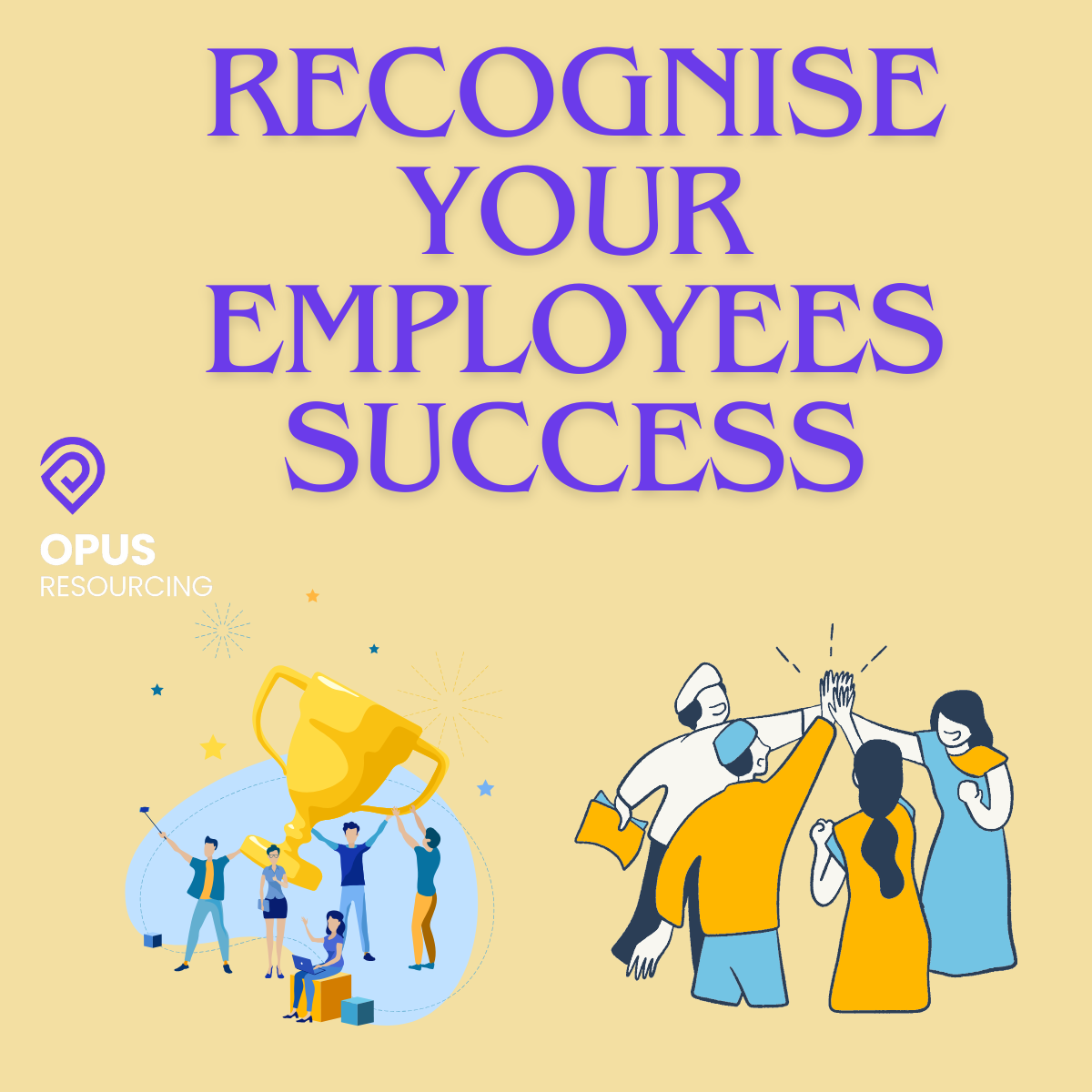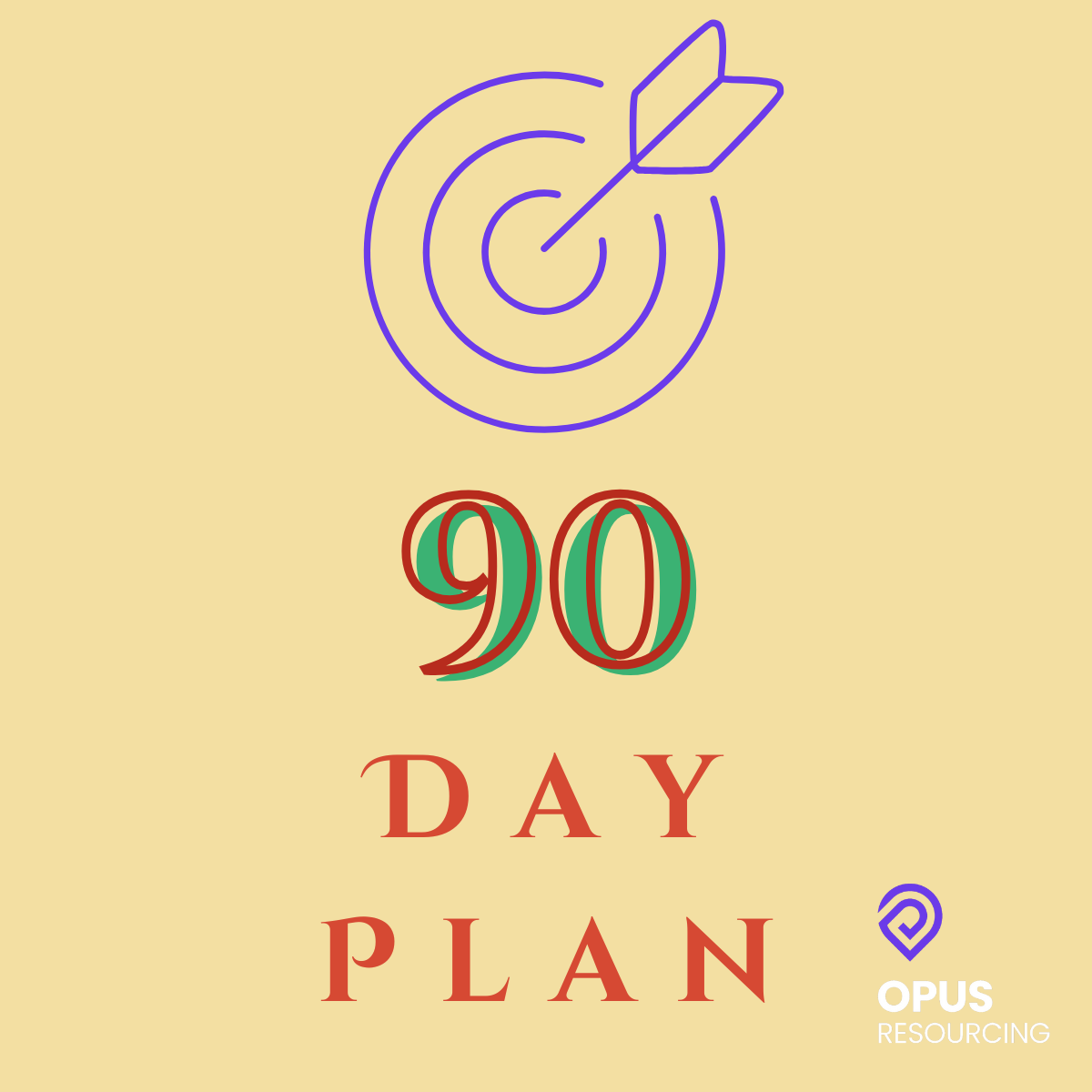
Why Introverts Make Great Tech Employees
It’s easy to misjudge the benefits of introverts in the tech workplace. However, introverts aren’t what most people think. They’re not disengaged, aloof, or against the concept of working as a team.
They’re thoughtful, empathetic, and highly capable. Research suggests that introverts might make the best leaders, thanks to their ability to stay calm under pressure and analyse problems carefully.
Ultimately, introversion is a sign of a potentially incredible employee with a brain that’s wired for depth instead of noise.
Here’s why introverts make incredible employees and how you can attract them to your tech team.
The Key Strengths of Introverted Employees
Introvert isn’t another word for “shy” or “withdrawn”. Research shows that introverted people have unique neurological characteristics, which can bring great advantages to the tech workplace.
For instance, introverts often have a larger, more active prefrontal cortex. This is the brain area responsible for decision-making, strategic planning, and complex problem-solving. It allows them to process information more deeply and consider decisions more carefully.
Introverts are also more influenced by the “acetylcholine” neurotransmitter than dopamine. Instead of chasing thrills, they gain satisfaction from introspection, focus, and class mastery.
Introverts also exhibit greater sensitivity in the reticular activating system (RAS), a neural network that modulates attention and alertness. This makes them more attuned to environmental stimuli and better suited to calm, focused settings.
Across industries, introverted employees come with some major strengths.
Deep Focus and Concentration
Introverts are the marathon runners of the working world. Where some may sprint from task to task, introverted professionals excel in environments that allow them to dive deep. Thanks to their unique neurological wiring, they can maintain focus for longer periods.
Introverts are wired for slow, careful processing. Their minds are built to connect dots that other people would usually miss. This makes them adept at solving problems—particularly issues that require careful thought and precision.
Introverted employees’ deep-thinking capabilities boost their chances of finding solutions to issues that aren’t rushed or superficial, reducing the risk of additional errors. They also bring a healthy level of scepticism and reflection to tech teams, which reduces hasty mistakes and helps balance overly confident or impulsive team dynamics.
Attention to Detail
Introverts instinctively seek precision. They watch for errors, whether checking lines of code, proofreading legal documents, or reviewing financial models. Their preference for structure, clarity, and thoroughness means they naturally approach tasks with high care. They are often the go-to people for critical reviews, quality assurance, or anything requiring consistency and reliability.
Attention to detail counts in every industry, but in some, introverts’ abilities can make a massive difference.
Thoughtful Communication Capabilities
Many people assume introverts are “bad at communication” simply because they’re usually not always the first to speak up in tech team meetings. But introverts are brilliant communicators. They don’t dominate conversations or speak on impulse, but they listen actively and ask insightful questions, helping drive conversations forward.
Introverts excel at one-on-one conversations, reflective dialogue, and written communication, particularly in remote or asynchronous environments, making them ideal for the age of hybrid work.
Their communication skills make them great leaders because they focus on amplifying their teams rather than “overshadowing” them.
Independent Work Ethic
Self-sufficiency is one of the most powerful traits that introverts bring to the tech workplace. They don’t need constant oversight or social reinforcement to stay motivated—internal goals and personal standards drive them.
From research experts working remotely to scientists who spend a lot of time on independent tasks, introverted employees are great at handling things alone. They’re not just independent; they’re also excellent at avoiding “groupthink” and are more likely to challenge assumptions, which helps create a more diverse workplace.
Strategies for Recruiting and Retaining Introverted Talent
The myths about introverts being shy, unable to thrive in leadership roles, or disconnected from teams are unfounded—and they’re holding tech employers back. Now more than ever, as the market experiences ongoing disruption and change, companies need more than just confidence—they need cognitive diversity.
So, how can companies recruit and retain introverted talent?
Rethink Job Descriptions
Most job ads today still read like calls for social butterflies and multitaskers. That can deter introverts from applying to tech roles they’d be great for. So, rethink your job descriptions. Instead emphasising social requirements or high-energy environments, highlight opportunities for deep work, and strategic thinking.
Replace vague language like “fast-paced team player” with “creative problem solver”. Be explicit about the meaningful impact of the role. Introverts are often motivated by purpose rather than recognition. Describing how the role contributes to a larger mission or what real-world problems it helps solve will help you resonate with more introverted candidates.
Adjusting the Interview Process for Introverts
Traditional interviews, featuring panels, rapid-fire questions, and high-pressure social engagement, naturally disadvantage introverts. Adapting your interview process to accommodate introverts can help you attract a wider range of candidates (and make better hiring decisions).
Start by helping introverted tech candidates prepare. In advance, communicate what each interview stage will involve.
Alternatively, you could ask candidates to record their responses to interview questions to minimise the pressure of a live interaction. If you’re hosting interviews in person, create a sensory-friendly environment designed to avoid overwhelming your candidates.
Additionally, if you’re running a multi-stage interview process, give them breaks between stages so they can relax and reset.
Introduce New Skill Assessment Strategies
Speed-based skill tests and competitive group exercises may spotlight confidence when looking for a great tech candidate. But they don’t always highlight competence. Introverts perform better when engaging and thinking deeply without being forced into artificial urgency.
Switch high-pressure skill assessments out for take-home technical challenges or analysis-focused tasks. These will allow your candidates to demonstrate their precision, thoughtfulness, and problem-solving skills.
If you do need to conduct an in-house assessment, remember that one-on-one discussions are often more comfortable for introverts than group presentations. Plus, they give business leaders a chance to really get to know each candidate’s strengths and weaknesses.
Prioritise Effective Onboarding
The first few weeks in a new role are critical – and often overwhelming for introverts. Thoughtful onboarding can be the key to getting your employees job-ready and boosting your chances of retention. Studies show that introvert-friendly onboarding reduces turnover.
Start by creating pre-boarding materials to reduce first-day anxiety. Clear documents outlining processes, team structures, and expectations give new hires a chance to familiarise themselves at their own pace.
Consider using buddy systems to pair introverted new hires with experienced colleagues who can guide them through the company culture. Additionally, ensure you offer self-paced learning modules to drive ongoing development.
Create an Introvert-Friendly Workplace
Unless your introverted employees will be working remotely 24/7, you’ll need to ensure you give them an office environment where they can thrive. Ensure quiet zones are free from distraction, where employees can invest in focus work with minimal noise.
Incorporating natural materials and plants into workspaces also supports mental well-being, particularly for those more sensitive to environmental stimuli. Introverts can adjust their environment (controlling lighting or sound) or move to a more private space when they feel overwhelmed.
Hybrid working models can also be particularly useful for introverts. They allow them to move in and out of the office when necessary, depending on what they need to do each day.
Adjust Performance Evaluation Techniques
Finally, traditional performance measurement strategies often highlight the most outspoken or visible employees.
Use tools that identify and value different working styles. Evaluate outputs, not personalities. Switch to written feedback options and private, one-on-one discussions to give introverts feedback that feels personalised, and supportive.
Additionally, offer preparation time before feedback sessions or reviews. When given space to reflect, introverts often deliver their best insights – respect that process.
The Quiet Strength of Introverted Employees
Organisations that embrace introverted talent are discovering something important: quieter minds can deliver incredible results. Introverted employees can constantly deliver higher-quality work in tech roles, particularly the ones that require precision and independence.
The benefits go beyond output, too. Companies that design introvert-inclusive hiring practices can improve their employer brand, enhance the diversity of their team, and unlock opportunities for faster innovation in the long term.
By valuing introspection, autonomy, and thoughtful contribution, organisations cultivate more psychologically safe, cognitively diverse teams. After all, the most impactful voice in your team isn’t always the loudest – so don’t underestimate the power of introverts.
If you’re looking for help with your recruitment strategy, get in touch by calling James Shenton Managing Partner for Technology on 01580 857179 or send us an email here.








